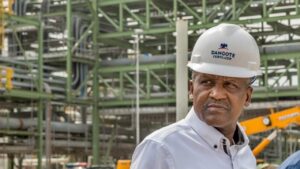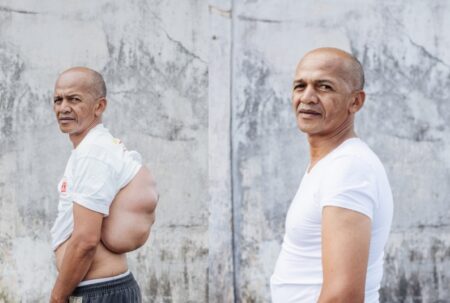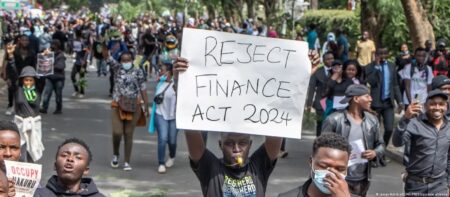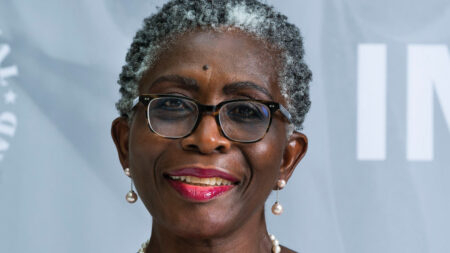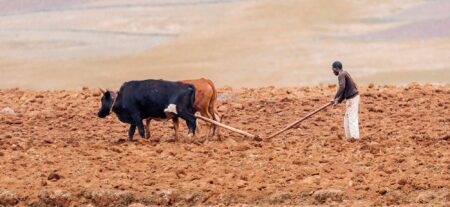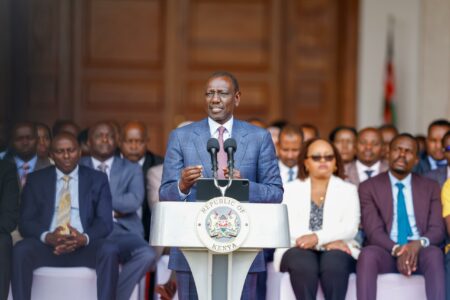Major power consumers in Kenya are increasingly adopting solar energy as they seek to lower power costs determined by the country’s monopoly, Kenya Power.
By reducing their dependence on main grid electricity, projections show that these consumers will in the next decade disrupt the power sector players denying them substantial revenues.
Many solar power plants are relatively small generating less than one megawatt thus falling short of meeting their power needs. They, however, cannot be dismissed since they continue shifting from the main grid.
A report by BloombergNEF (BNEF) shows that companies are likely to install small solar powered plants for their internal use following due to incentives like a friendly tax regime and the availability of affordable solar equipment.
Kenyan companies switching to clean energy
Among companies switching to clean energy include Kenya’s largest flower exporting company, Oserian Development Company.
The company has hit yet another milestone by launching its solar energy power plant with a capacity to generate 1mw.
Integrated with the existing geothermal power, the firm will now produce sufficient renewable energy for consumption by tenants and residents of the Two Lakes Industrial Park.
- Combined, both plants have a capacity of 3.5 MW.
Oserian’s Managing Director Neil Heilings says renewable energy is the way to go to reduce the cost of power which remains a big hurdle to Kenya’s development.
“The initiative provides cheaper renewable energy for industrial take-off,” he said.
The Oserian power plant was developed in partnership with Premier Solar, Solarise, Oloidien Engineering & Estate and Dubai Carbon.
Premier Solar Managing Director Rupesh Hidocha exhorted Kenya to harness solar and wind resources for renewable energy generation.
The Dubai-based solar specialist business opened a Kenya subsidiary two years ago and has laid 3,000 solar panels at Oserian.
To maximise on exposure, the solar panels are laid in such a way that they are not covered by the shadow throughout the day.
The BNEF report indicates that Kenyan firms have invested heavily to install about 15MW of onsite solar power while more were planning the switch.
Different firms, most of them manufacturers, are planning to install an additional 26MW this year as players actively adopt solar energy.
As of October 2018, Kenya had an installed commercial and industrial solar capacity of some 15MW, according to data from five developers.
By the end of 2019, solar power could be contributing about six per cent of the power that manufacturers use during the day, according to BNEF.
Nairobi’s fancy Two Rivers Mall and Moi International Airport in Mombasa are some of the businesses that will install solar power plants to reduce reliance on Kenya Power.
Green growth in a sustainable world
Solarise Managing director, Patrick Huber, says that solar plants are a long-term investment with a 25-year lifespan.
He urges businesses keen on switching to solar to consult to get the basics right on the suitable technology to choose for their respective regions.
Solarise financed the Oserian project.
Keith Alisdair, Managing Director, Oloidien Engineering and Estates that took charge of all the engineering works said it was a totally new ground for the company that has now developed the expertise to lay such plants as the technology takes root in Kenya.
Dubai Carbon, through its representative Thomas Bosse, said Oserian has embraced green growth, a pursuit of the United Nations Environment Programme that was offering advice to businesses to take advantage of nature to develop tools and mechanisms through which they can operate in a sustainable world.
Geothermal powered tugs at Oserian
Oserian developed the 2.5 MW geothermal in 2003 and switching on its solar power now makes it the only flower farm in the world to operate on the two green energy sources.
The company is relying 100 per cent on own generated energy for business and residential use.
During the Kenya Association of Manufacturers Energy awards in March 2019, Oserian was named the Renewable Energy Champion for the year.
By switching on the solar power plant, Oserian has moved closer to its 2020 Vision of being a carbon-free environment.
The firm introduced geothermal powered tugs (trucks) two years ago that transport flowers from greenhouses to the pack house.
This has saved about 300,000 litres of diesel leading to massive savings and a cleaner environment.
And with geothermal heating, Oserian has reduced use of synthetic pesticides to control pests and diseases by regulating humidity in the greenhouses.
BNEF notes that on-site solar is a cost saver and a hedge on energy prices for African businesses.
Energy deficit, crumbling infrastructure in Sub-Saharan Africa
The report highlights that outside of South Africa, Sub-Saharan African countries had only 420MW of solar plants selling power to the grid as of November 2018.
“This is less than 0.5 per cent of the global installed solar capacity in 2017. It has also been highly concentrated in just a few markets that are either very small or enjoyed significant development support, such as the Scaling Solar programme.”
The report notes that utility-scale solar projects often struggle with administrative delays, unbankable PPAs and difficulties securing land.
The report notes: “With its immense energy deficit and crumbling infrastructure, Sub-Saharan Africa could be fertile ground for solar developers. Still, despite high hopes and years of effort, the region’s solar market has struggled to grow.”
It adds that on-site solar for the commercial and industrial (C&I) sector can circumvent some of these power challenges while providing direct savings and a hedge on energy prices for its customers.
Electricity tariffs for C&I customers in Sub-Saharan Africa in 2017 ranged from USD0.028/kWh in Ethiopia to more than USD0.232/kWh in Senegal.
This drives the C&I customers to use on-site solar.
A 250kW solar project costs between USD0.10-0.14/kWh in the countries assessed in this study.
BNEF projections suggest that the cost of on-site solar will decline further to about USD0.05/kWh by 2030. These declines are set to strengthen the local solar industry in the long run.
Electrical power outages are another reason for businesses to turn to on-site solar.
These are commonplace across most of Sub-Saharan Africa, so businesses either shoulder high opportunity costs from lost sales or manufacturing output, or resort to much costlier backup power, usually from diesel.
Finally, solar projects help multinational corporates to attain their own green energy targets.
Africa’s solar energy trailblazers
South Africa leads in solar power in Africa with 1329 MW installed by 2017.
Growth in solar power in South Africa is rapid with several 75 MW plants and 2 CSP plants at 100 MW each being the largest in the country and among the largest in Africa.
The country is planning to install a mini-grid on Robben Island by adding a plant and battery storage which is predicted to reduce diesel usage by 50 per cent.
In Kenya, there is a plan for a 50 MW power plant in Garissa. This plant is expected to produce an approximate 76,473 MWh/year.
Ghana is planning a 155 MW solar power plant as the government seeks to increase solar power from 22.5MW in 2017 to 300MW in 2020.
Across the continent, many small-scale solar power installations dot many villages at the household level.
One of the world’s largest solar energy projects is in the Kingdom of Morocco.
At a cost of an estimated USD9 billion, the kingdom’s solar plan introduced in November 2009 aims at establishing 2,000 MW of solar power by 2020.
The 160MW Noor I, which is the first part of the 500MW project, came online in 2016.
Morocco is the only African country with a power cable link to Europe and it plans to sell energy to Europe.

